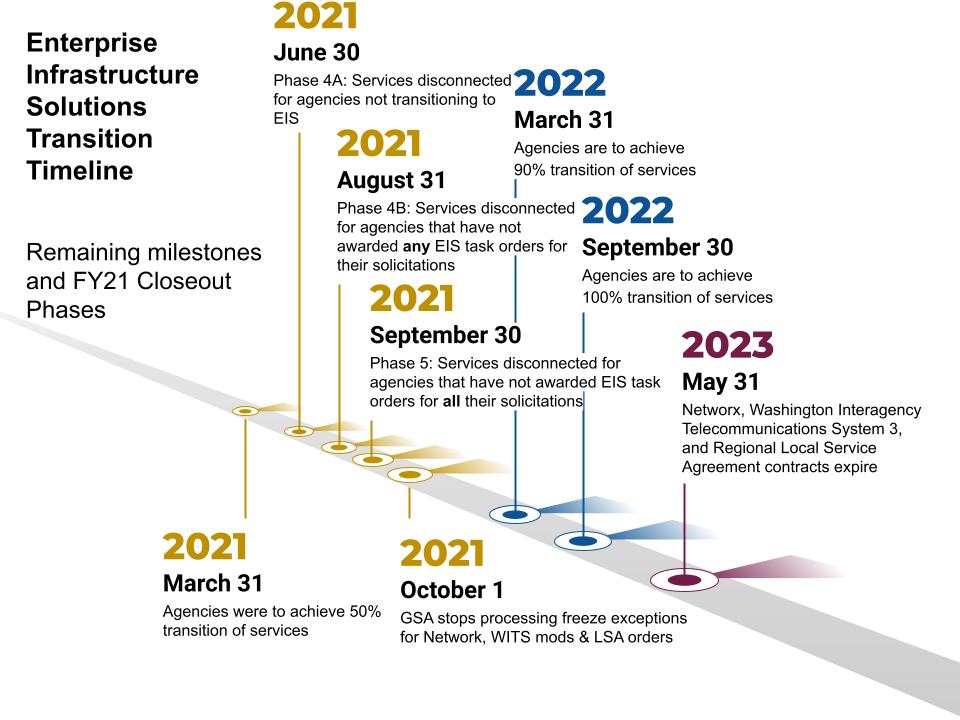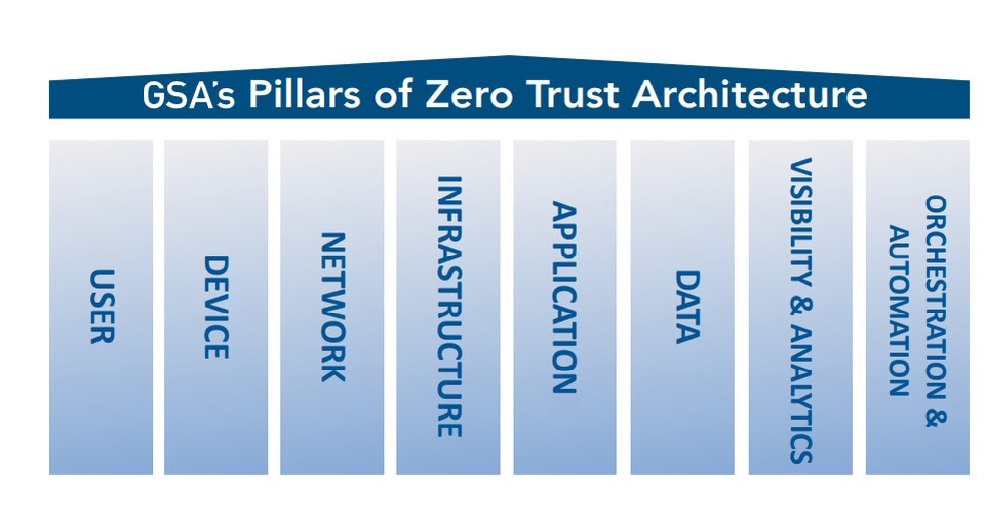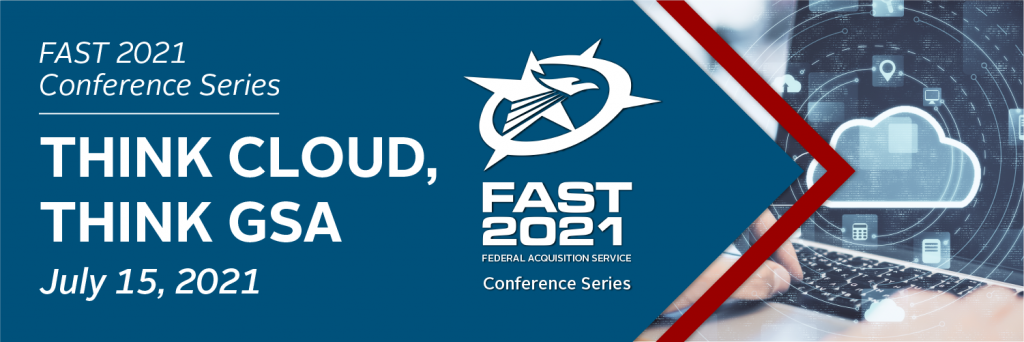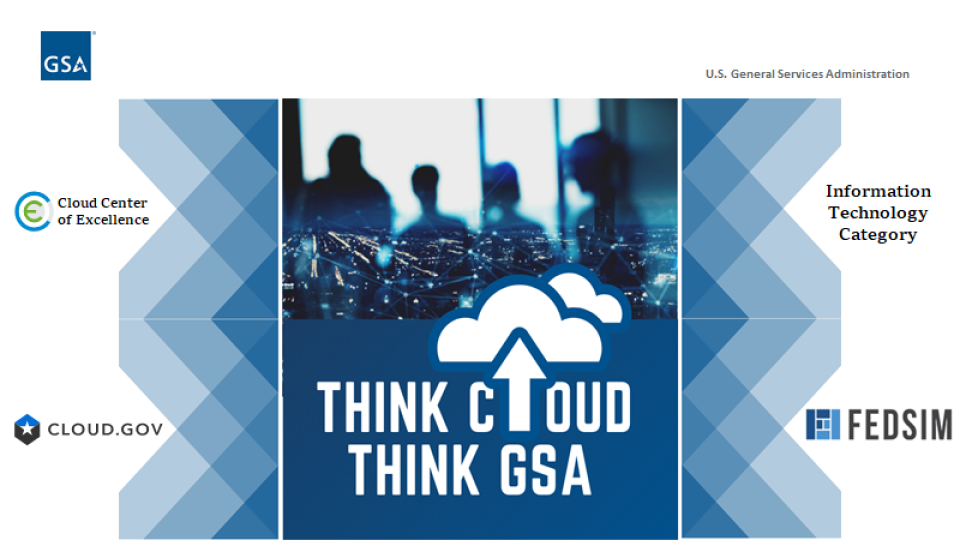We’ve had so much news about our small business Governmentwide Acquisition Contracts (GWACs) over the last few months. I continue to get questions and requests for status updates from our friends in industry, so I thought it would be helpful to pull the latest updates together in one place.
I’ll start by reminding everyone why we stand these contracts up. GSA’s small business GWACs enable the important missions of agencies across the federal government and drive progress on vital public policy objectives including the President’s Executive Order 13985 On Advancing Racial Equity and Support for Underserved Communities Through the Federal Government and the President’s Management Agenda (PMA) released by the Biden-Harris Administration in November.
GSAs GWACs support the PMA in some key ways, including delivering mission-enabling technologies across government. They support deep relationships with the supplier community, helping industry understand how the PMA drives new and emerging government IT requirements to support key initiatives such as improving citizen interactions with the government and equipping the federal workforce to effectively deliver for the public. GWACs also make it easier for new suppliers, especially small and disadvantaged businesses, to gain valuable growth opportunities through the federal IT marketplace.
As we close out the year, there’s a flurry of activity in ITC around our GWACs and I am very proud and excited about the work my team is doing.
Polaris
Polaris will bring innovation to the small business community, federal agencies, and the acquisition workforce leading to substantial benefits to small businesses, improved technology for federal agencies, and greater flexibility for acquisition professionals across government.
Initial priorities on Polaris will be the creation of 4 pools to accommodate set-asides for:
- small businesses;
- women-owned small businesses (WOSB);
- service-disabled, veteran-owned small businesses (SDVOSB), and
- businesses located in HUBZones.
We will solicit and award Polaris in phases to help our customers deliver on their missions and meet their socio-economic goals.
Our first priority is to release the request for proposals (RFP) for the small business and WOSB pools in late January/February 2022. The small business pool will be awarded first, in 2022. The WOSB pool will be awarded second. The HUBZone and SDVOSB RFPs and awards will follow.
Keep an eye on our Small Business GWAC Community of Interest for updates.
8(a) STARS III
8(a) STARS III successfully launched this summer with a 5-year base period, 3-year option, and a $50 billion ceiling to give agencies plenty of runway to plan for the future. The 2021 award was an important first step with an initial cohort of more than 400 8(a) industry partners gaining new access to the federal IT marketplace.
This is a big deal for the Small Disadvantaged Businesses (SDB) community and we’re excited to see how they turn these opportunities into great outcomes.
We are working closely with our partners on a second 8(a) STARS III cohort for award in Q2 FY22 — stay tuned!
VETS 2
The VETS 2 GWAC is humming right along. In just 3.5 years, VETS 2 has an estimated $1.94 billion value from 148 task orders.
VETS 2 gives agencies access to a wide variety of customized IT services and solutions. It also helps agencies receive SDVOSB credit toward their Small Business Procurement Scorecard and Best-in-Class (BIC) Tier 3 credit toward Spend Under Management goals.
We’re committed to the SDVOSB community. VETS 2 will have a strong future as part of GSA’s suite of IT contract solutions for many years to come. We’re taking the necessary steps to execute the option period and doing all that we can to cement VETS 2’s future.
Together, VETS 2 and Polaris will deliver on our commitment to SDVOSBs. They’ll continue to provide value for our customers well into the future and help ensure there will be no gap in access to SDVOSB contract offerings from GSA.
Looking to the Future
The highly qualified companies on our GWACs (and those to come) can complete almost any IT service requirement including agile software development, artificial intelligence (AI), cloud computing, and other emerging technologies.
As we look toward 2022, GSA will remain focused on providing important solutions for our industry partners and customer agencies. It will remain a top priority for us in the new year.
Follow us on Twitter @GSA_ITC and LinkedIn, and subscribe for blog updates.



